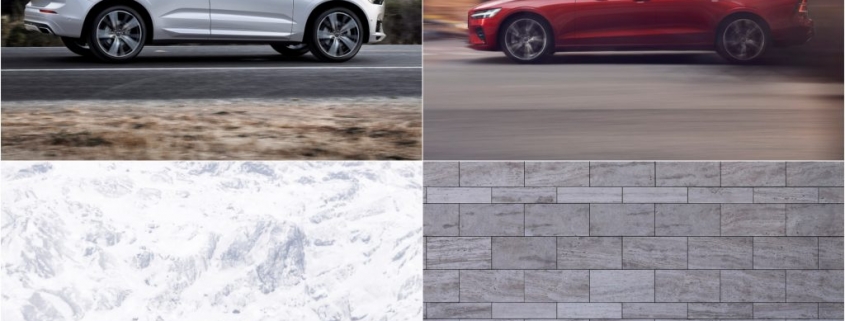Goodbye Gasoline: These 2022 Volvos Are About to Get Hybrid Powertrains
The hand that taketh away can also giveth. After recently announcing the cancellation of most V60 and V90 estates in the states, Volvo is bringing their B5 and B6 powertrains over here for certain models. These include the XC60, S60, S90, and V90 Cross Country in an effort to improve fuel economy and attract more buyers. But as the company shifts its focus towards electric vehicles, one wonders how long these Volvos will last.
The Volvo XC60, S60, S90, and V90 Cross Country are all getting hybrid powertrains
It’s a smorgasbord of Scandinavian hybrids that are about to come to the states, replacing the T5 and T6 engines that came before them. The smaller S60 and S90 sedans, along with the larger XC60 SUV and V90 Cross Country wagon will be fitted with Volvo’s 48-volt hybrid system.
Branded as the B5 and B6 powertrains, they all use a 2.0L inline four-cylinder paired with either a turbocharger or a turbocharger and a supercharger, respectively. And while these systems are new to us, they’ve already been offered over in Europe. The S60 and XC60 both come with the turbocharged B5 powertrain. Meanwhile, the S90 and V90 Cross Country come with the more powerful B6 powertrain as standard and is an available option for the XC60.
How do the B5 and B6 hybrid powertrains improve the cars?

The hybrid powertrains, in all honestly, don’t boost the car’s efficiency all that much. Car and Driver used the models sold in Europe as a baseline, showing that the S60’s city mpg is raised from 23 to 26. Meanwhile, the longer V90 Cross Country goes from 20 city mpg to 22. The improvements to fuel economy are minimal, as are the decreases in power.
The T5 engine produces 250 horsepower, whereas the B5 hybrid powertrain that’ll replace it only makes 247. Not a large difference, but something to consider. Meanwhile, while the T6 engine makes 316 horsepower, the B6 bumps that down to 295 horsepower. A 21 horsepower difference may go unnoticed but is significant enough.
So, the next generation of Volvos will save two or three miles per gallon, give or take, and lose a bit of power. But they’re is gradually shifting towards electric vehicles, with plans to go fully electric by 2030. So one question remains: how long do these Volvos have left?
How long will these Volvos be in production?

While Volvo isn’t announcing the cancellation of these new 2022 hybrids right as they’re being released, they are hinting at their shift away from the current lineup. According to The Drive, Volvo is poised to ditch alphanumerical names like “S90” or “XC60” in favor of “emotional” ones.
And while Polestar hasn’t become as popular yet, Volvo is still moving towards electric vehicles faster than other automakers. And while 2030 may be the cut-off point for these cars, these hybrid powertrains certainly won’t last forever.
RELATED: Being an EV Doesn’t Stop the 2021 Volvo XC40 Recharge From Being a Volvo
The post Goodbye Gasoline: These 2022 Volvos Are About to Get Hybrid Powertrains appeared first on MotorBiscuit.







